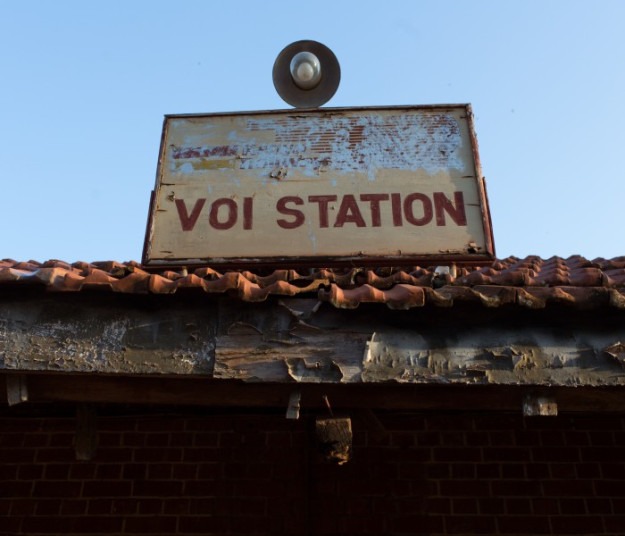Voi Town, Kenya

Image Credit: James Waite
Anyone visiting Voi town for the first time would instantly be swept away by its charm. The warm temperatures, the golden sunbathed landscape, and the welcoming nature of the locals are enough to lull the worries of the most troubled heart. For years, Voi town has been a gracious host to those who have ventured through, with one of the earliest recipients of this hospitality being Kivui wa Mwendwa.
Born in the 1780s, Kivui was a long distance merchant who ferried goods from his home in Kitui to Mombasa. While on his trade routes, Kivui often sujourned at a village located halfway between the coast and his inland home. This village was also frequented by coastal traders who could not make a trip as far inland as Kivui. The place was a picture of serenity, with a river flowing through and the gently sloping hills in distance. Entranced by his rest stop’s beauty, Kivui settled in this area in the early 19th century. The village’s identity as a trade post became affiliated with Kivui’s prominence in this field, and it became known as Voi from the root of his name.
The growth of Voi began almost a hundred years later when construction of the railway line from Mombasa began in this region. Workers migrated into the town leading to the establishment of several labour camps. Construction was running smoothly until March 1898 when the line reached the Tsavo River on the outskirts of Voi.
One night after workers had retired to their tents, two lions made their way into a campsite, dragged their victims out of their tents and devoured them. This became a reoccurring incident and before long, nightfall became a dreaded time. After nine months of unending fear, several workers fled the town and those who remained downed their tools. Unable to convince the men to return to work, the project supervisor, John Henry Patterson, decided to hunt the lions and put an end to their reign of terror. The first lion was killed on 9th December 1898 and twenty days later, the second followed suit. Normalcy soon returned and construction continued as before.
Even after completion of the Voi-Taveta railway line in 1920, trade activities in Voi progressed and businesses continued to establish and grow. Township status was granted in 1932, though Voi had been considered a town for years before this formalization.
Over two hundred years down the line, the mark that traders have left on Voi is conspicuous. In the town centre, shops, hotels, general stores, and markets dominate the scene. Vendors can be spotted on every street, and business people from neighbouring towns visit Voi regularly to sample the retailing goods.







4 Comments
Remarkable interest
Thank you for reading!
please upload more of such content
We are glad you enjoyed it. Stay tuned for more!